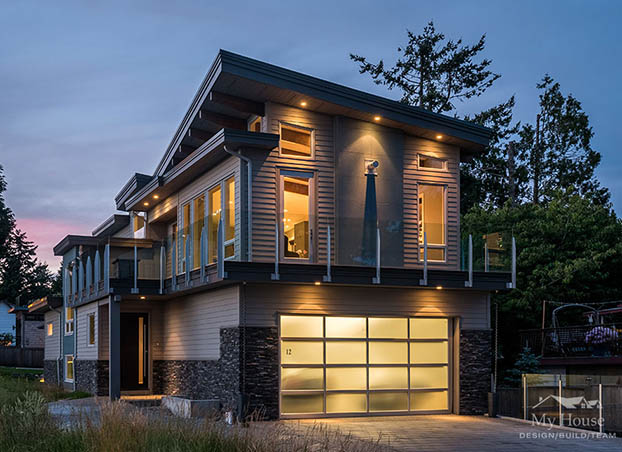Building a custom home in Vancouver is an exciting and rewarding experience. However, in today’s world, it is essential to consider the environmental impact of our choices. Building a sustainable and energy-efficient home not only benefits the environment but also helps to save money in the long run.
Step 1: Choose the Right Location
The first step in building a custom home choose the right location. Look for a location that is close to public transportation, schools, and other amenities to reduce the need for driving.

Step 2: Design a Passive House
A passive house is a building that is designed to be energy-efficient without the need for mechanical heating or cooling. The key to designing a passive house is to use high-performance insulation, windows, and doors to reduce heat loss and gain. The home should also be designed to maximize natural light and ventilation to reduce the need for artificial lighting and air conditioning.
Step 3: Choose the Right Materials
The materials used in the construction of a custom home can have a significant impact on its environmental footprint. Look for materials that are environmentally friendly, such as recycled or sustainable materials. Use locally sourced materials to reduce transportation emissions and support local businesses.
Step 4: Install Renewable Energy Systems
Installing renewable energy systems, such as solar panels or geothermal heating and cooling, can help to reduce the environmental impact of your custom home and save money on energy costs. Work with a qualified energy consultant to determine the best renewable energy options for your home based on your location and energy needs.
Step 5: Implement Water-Saving Strategies
Water is a precious resource, and it is essential to implement water-saving strategies in your custom home. Install low-flow showerheads, toilets, and faucets to reduce water usage. Consider installing a rainwater harvesting system to collect rainwater for use in irrigation and other non-potable uses.